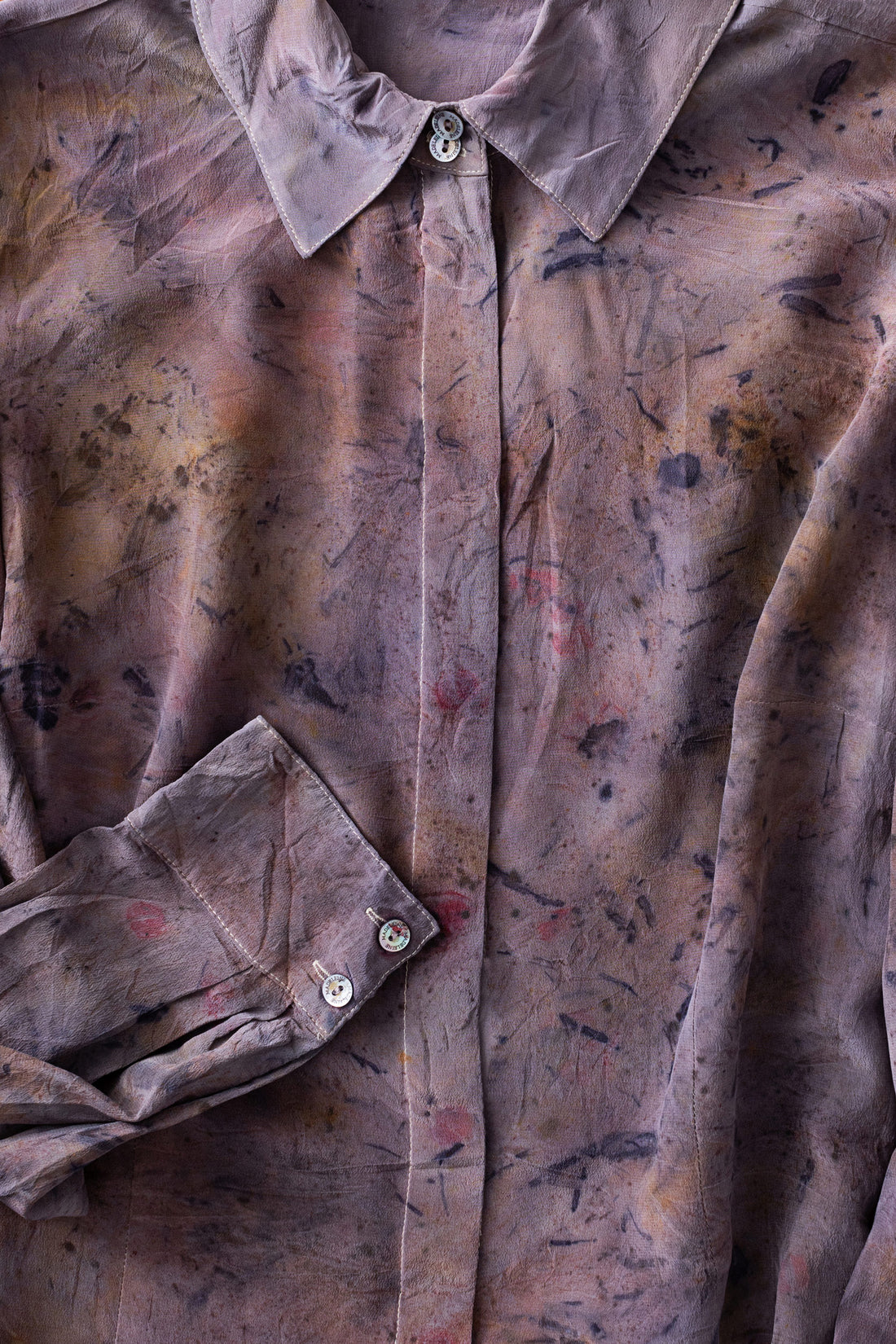
How To Recycle Your Old Textiles
Share
How to Recycle Old Textiles and Save Them from Landfill
Textile waste is a growing concern, with millions of tons ending up in landfills each year as a result of fast fashion and overconsumption. Here’s a guide on how to recycle textiles effectively and make a positive impact.
Why Recycle Textiles?
- Environmental Impact: The fashion industry is one of the most polluting sectors. Recycling textiles reduces the need for new materials, conserves resources, and minimises pollution.
- Resource Conservation: Many textiles, especially those made from cotton and polyester, can be recycled into new products. This helps save water, energy, and raw materials.
- Community Support: Many textile recycling programs support local charities, providing clothing and goods to those in need.
How to Recycle Textiles
- Assess Your Wardrobe
Start by evaluating your wardrobe. Identify items that you no longer wear or need. This includes clothes that are damaged, outdated, or simply don’t fit your style anymore.
- Clean and Sort
Before recycling, make sure to wash and dry your textiles. Sort them into categories: wearable items, damaged clothes, and non-wearable fabrics (like towels or bed linens).
- Find Local Recycling Options
- Donation Centers: Many charities accept gently used clothing and textiles. Look for local organizations that distribute clothing to those in need.
- Textile Recycling Companies: There are many amazing textile recycling programs for clothing that isn't in good enough condition to sell or donate. See Upparel or Recycling Near You for more info.
- Retail Take-Back Programs: Several retailers have take-back programs where you can return old clothes. Brands like H&M and Uniqlo often provide incentives for recycling.
- Consider Upcycling
If you’re feeling crafty, consider upcycling your textiles into new items. White or light coloured textiles can be dyed using natural dyes to extend their life. Learn how to use a basic needle and thread to mend damaged items. Or if you have a sewing machine, you can cut up old clothing to make new items. Old t-shirts can become tote bags, and worn-out jeans can be transformed into quilts. Upcycling extends the life of the material and reduces waste.
- Participate in Clothing Swaps
Clothing swaps are a fun way to refresh your wardrobe without buying new items. Gather friends or join local community events where you can exchange clothes and accessories.
- Research Specialised Programs
Look into specialised textile recycling programs that handle specific types of fabrics. Some companies focus on recycling synthetic materials, while others might accept only natural fibres.
Recycling textiles is an essential step towards reducing landfill waste and promoting sustainability. By assessing your wardrobe, donating, or repurposing your clothes, you can save textiles from ending up in landfill.
